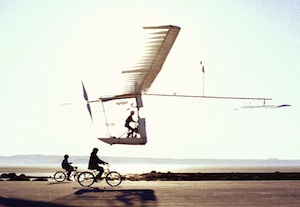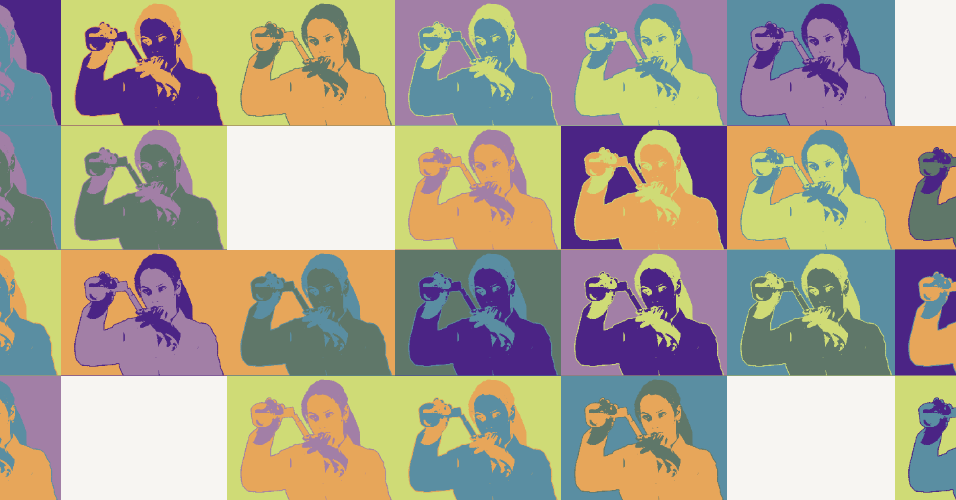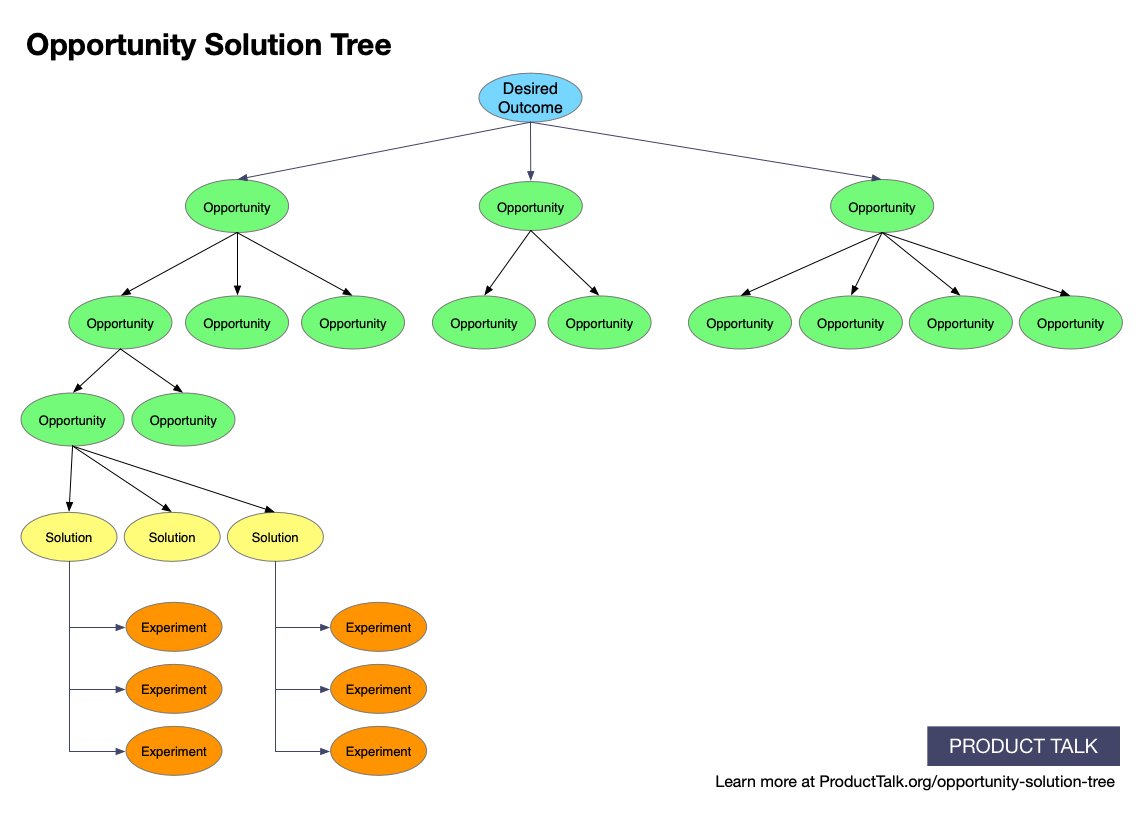experiments

Seasoned product leader and Slack’s CPO Noah Desai Weiss shares the three-step framework he leans on to make quality product decisions with just the right amount of risk.

Knowing what to test and how to interpret the results based on nuances and oddities of experiments is an important skill for people, not automations.

When solving a difficult problem, re-ask the problem so the solution helps you learn faster.

Running an A/B test is easy. Screwing up an A/B test is even easier.

Have you heard? My new book Continuous Discovery Habits is now available. Get the product trio's guide to a structured and sustainable approach to continuous discovery. I’ve found a visual […]

Increasingly, companies are using experiments to guide them in their decision making—but many are still missing opportunities, or are failing to implement experiments well. When it comes to the rollout of new products, one particularly effective new kind of experiment involves randomizing the introduction of new products across a set of markets. Uber used this strategy before rolling out its Express Pool service, and Airbnb did the same before rollout out a new landing-page design. In both cases, the companies gathered data that allowed them to roll out their products with confidence that they would succeed—as indeed they did. Many companies, even those not in the tech sector, can benefit from this kind of experimentation, especially if they follow a few basic guidelines.